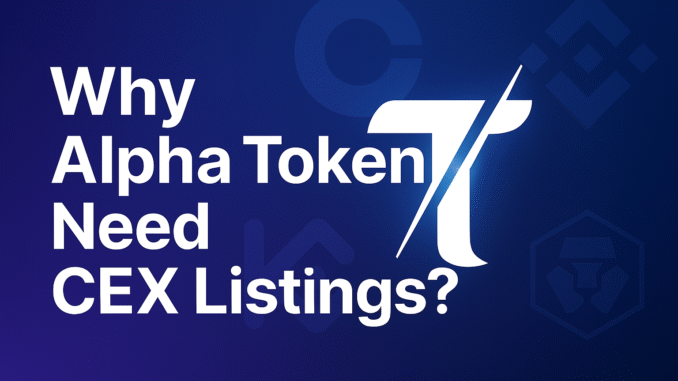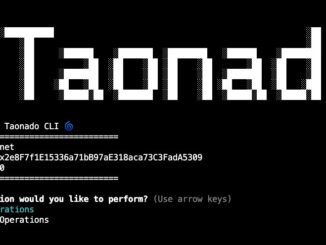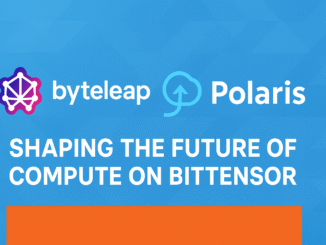
Two years ago, $TAO’s listings on major centralized exchanges (CEXs) unlocked liquidity, visibility, and adoption across the broader Bittensor ecosystem. Today, alpha tokens from subnets face the same challenge: exposure is limited, liquidity is constrained, and growth is capped by “tight shirts” of low accessibility.
It’s time for alpha tokens to follow TAO’s path — securing listings on reputable CEXs.
Case Study: Subnet 64 (Chutes)
Chutes (Subnet 64) exemplifies the kind of subnet project that can and should be listed. It is a serverless AI compute network, delivering open-source, decentralized GPU inference at scale. Adoption is already visible through direct API usage and integration with OpenRouter, a leading model aggregator.
Public records claim Chutes is powering “trillions of tokens per month,” and while those numbers should be backed with verifiable telemetry, they nonetheless indicate organic demand for compute. This is not a speculative alpha token — it’s tied to real usage.
Why CEXs Should Care
Bittensor’s dTAO design creates a foundation for alpha tokens that is attractive to exchanges:
- Deterministic supply and emissions. Each subnet has an AMM pool between TAO (τ) and its alpha token, governed by per-block emissions and a halving schedule. There are no opaque unlocks or hidden token allocations.
- Organic demand. Alpha tokens represent access to subnet utility (e.g., compute spend in Chutes), not just hype or buzz.
- On-chain transparency. Tooling like Taostats and official documentation make it straightforward for exchanges to verify token mechanics and support technical diligence.
In other words: these are transferable, transparent, and verifiable assets with a real demand base.
Two Viable Paths for Listings
Path A — Native (Substrate) Listing
Exchanges integrate Bittensor’s chain and list alpha as a native Substrate asset, just as they did with TAO.
- Pros: 1:1 on-chain finality, no bridge risk.
- Cons: Higher engineering and custody overhead for exchanges.
Importantly, Binance and Coinbase have already onboarded native TAO, proving Substrate integration is achievable.
Path B — Canonical Wrapped ERC-20 (“wALPHA”)
Subnet teams launch an audited ERC-20 token redeemable 1:1 for native alpha via a transparent bridge with live proof-of-reserves.
- Pros: Faster listings, ERC-20 custody compatibility (Fireblocks/BitGo/Coinbase Custody), easy user withdrawals.
- Cons: Bridge/custodian trust risks; operational complexity.
The Recommended Strategy
Subnet teams should prepare both paths in parallel.
- Lead with Path B (wrapped ERC-20) to secure quicker listings on exchanges like Bybit and OKX.
- Negotiate Path A (native Substrate) with Binance and Coinbase in parallel to achieve the “gold standard” of direct on-chain support.
Final Thoughts
CEX listings are not just a milestone — they are a necessity for alpha tokens to unlock real liquidity, visibility, and adoption. Subnet 64, with its tangible demand and ecosystem role, provides a clear example of why subnet teams must prioritize this next step.
Just as TAO broke through two years ago, it’s time for alpha tokens to step out of their constraints and claim their place on the global stage.




Be the first to comment